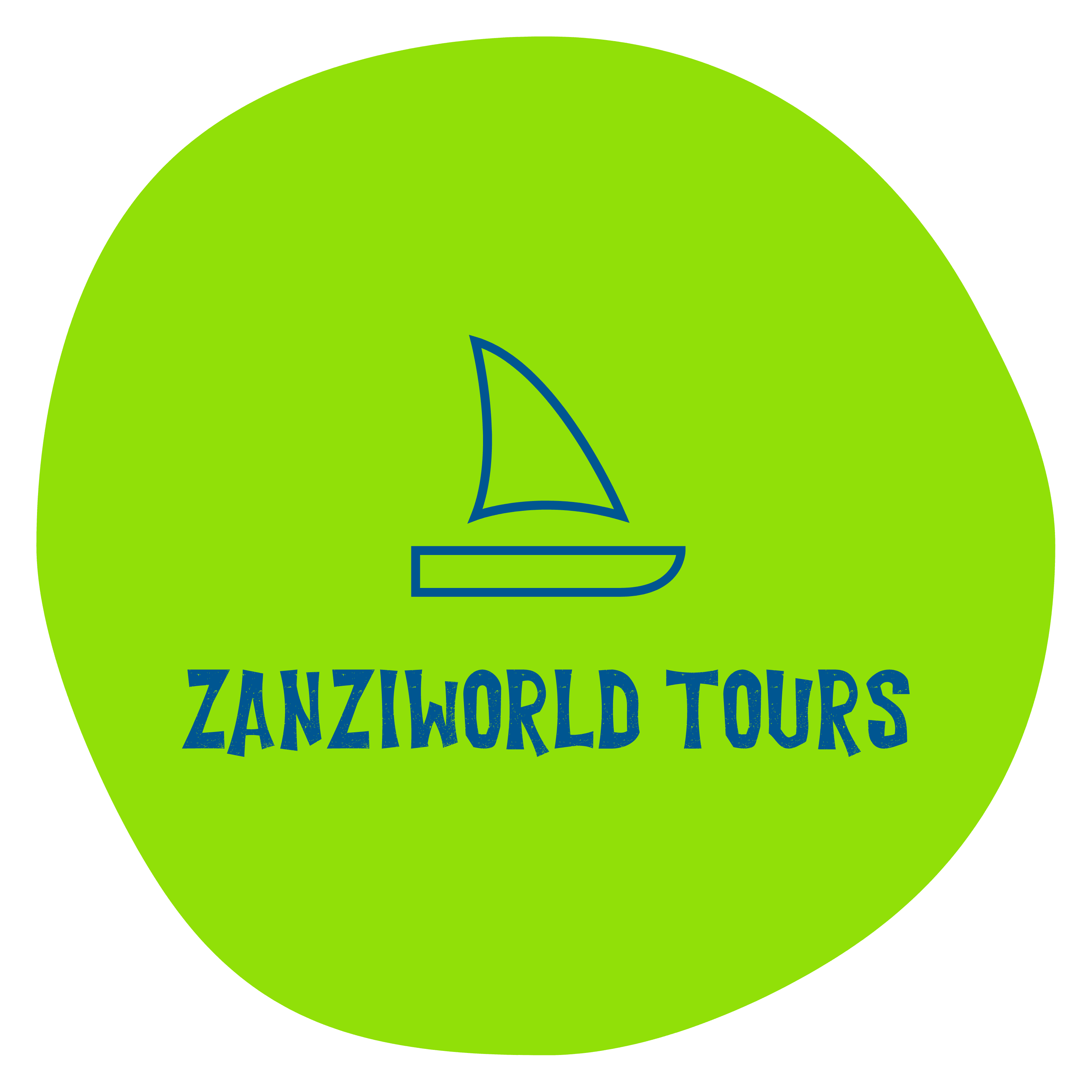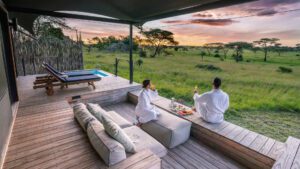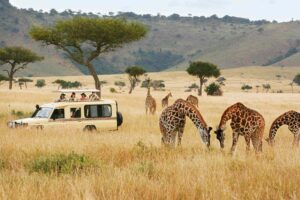Ngorongoro: Overview
The Ngorongoro Conservation Area is a protected area and a UNESCO World Heritage Site situated about 180 km (110 miles) west of Arusha, in northeastern Tanzania. It is part of the Crater Highlands and is most famous for the Ngorongoro Crater, a vast volcanic caldera.
Managed by the Ngorongoro Conservation Area Authority, this area forms a part of the larger Serengeti ecosystem, sharing its western border with Serengeti National Park. Along with Kenya’s Maasai Mara, this area is key to the famous Great Migration, where millions of wildebeest, zebras, and gazelles migrate annually.
Video: Ngorongoro Crater Highlights
Wildlife in Ngorongoro Crater
The Ngorongoro Crater is the best destination for viewing the African Big Five in Tanzania. The crater floor supports a rich diversity of wildlife, with a particularly dense population of lions and frequent sightings of spotted hyenas. Smaller predators, like jackals and bat-eared foxes, are also commonly seen.
The crater is home to black rhinos, a rare and critically endangered species. Although elephants are not as common, solitary bulls with impressive tusks roam the plains. Giraffes, however, are absent from the crater, likely due to the steep terrain.
Black Rhinos

Ngorongoro is one of the best places in Africa to spot the critically endangered black rhinos. Unlike the more common white rhino, black rhinos are smaller and primarily browse for food rather than graze. They are often found in Ngorongoro crater, making the Safari experience like no other places in Tanzania.
Birdlife in Ngorongoro Crater

With over 500 species, Ngorongoro offers excellent bird watching opportunities. Flocks of pink flamingos can be seen in Lake Magadi, along with other water birds like ducks, herons, storks, and waders. Grassland species include ostriches, kori bustards, and grey crowned cranes, while the forested rim of the crater is home to birds such as the Schalow’s turaco and high-altitude sunbirds.
Maasai Tribe in Ngorongoro
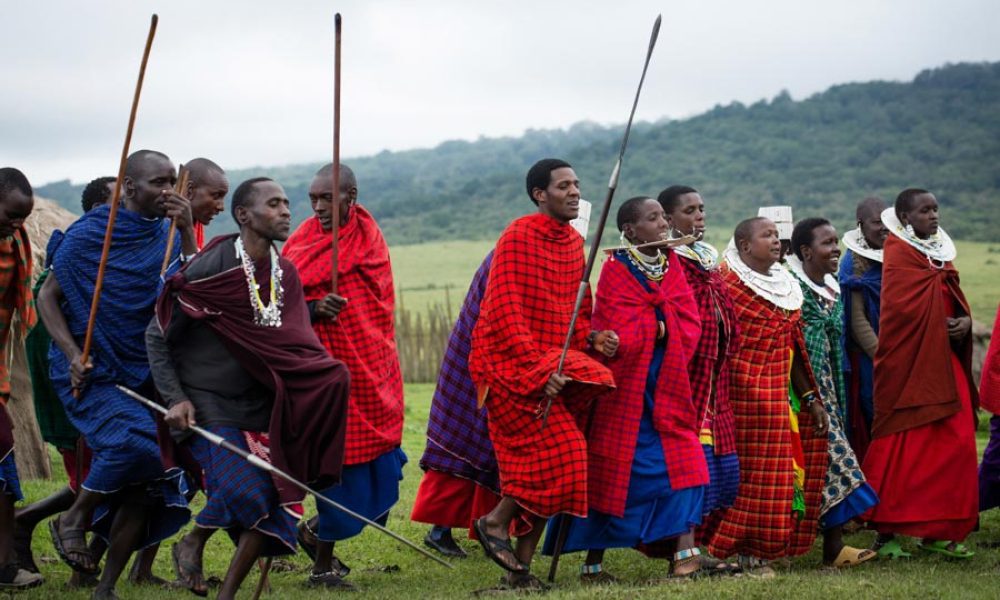
The Maasai people make up 98% of the population living in the Ngorongoro Conservation Area, with the remaining 2% comprising Datooga and a few Hadzabe families near Lake Eyasi. The Maasai are known for their pastoralist lifestyle, and their presence adds cultural significance to the area.
Best Time to Visit Ngorongoro Crater
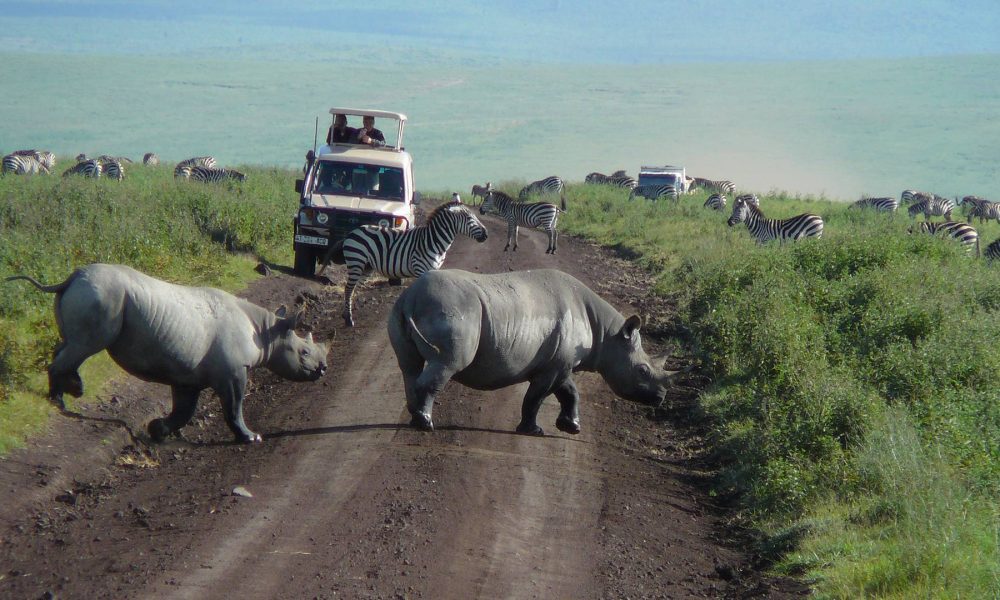
The optimal time to visit Ngorongoro Crater is during the dry season, from July to late March, when animals gather near water sources. September and October are particularly good months for viewing large herds near the remaining waterholes.
Safari Packages for Ngorongoro Crater
Visitors can explore the crater through various safari packages, including:
Best Places to Stay in Ngorongoro
Some of the best places to stay around Ngorongoro are:
- Ngorongoro Lions Paw
- Ngorongoro Tortilis Camp
- Embalakai Ngorongoro Camp
- The Manor at Ngorongoro
- Neptune Ngorongoro Luxury Lodge
- Ngorongoro Farm House
How to get to Ngorongoro Crater
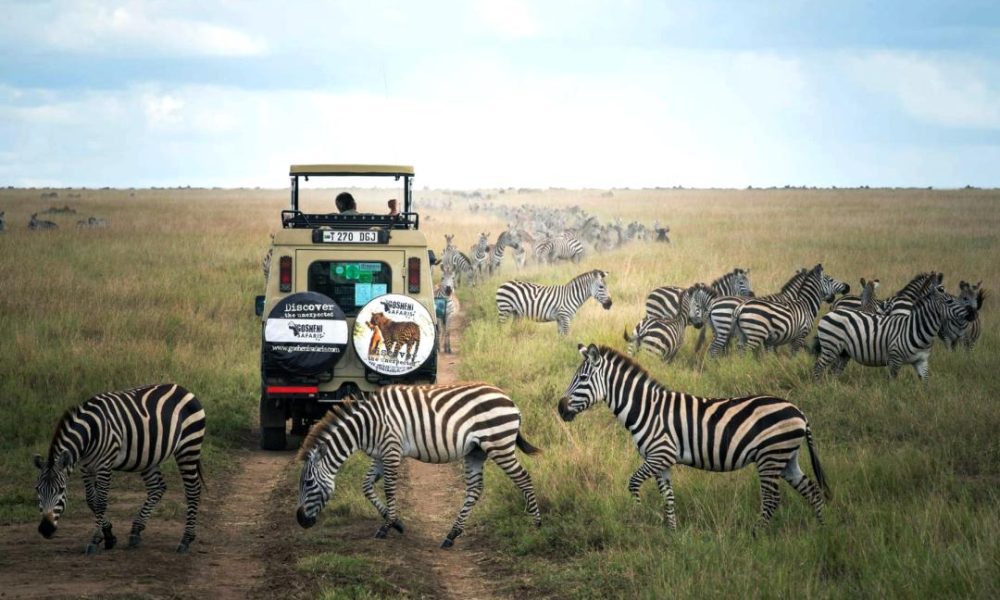
From Dar es Salaam: The fastest way is to fly from Julius Nyerere Airport to Arusha Airport, then drive to Ngorongoro.
From Zanzibar: Fly from Zanzibar Airport to Arusha Airport, followed by a drive to Ngorongoro.
From abroad: International travelers can land at Kilimanjaro International Airport and drive to Arusha for an overnight stay before continuing to Ngorongoro.
Travel Tips for Visiting Ngorongoro
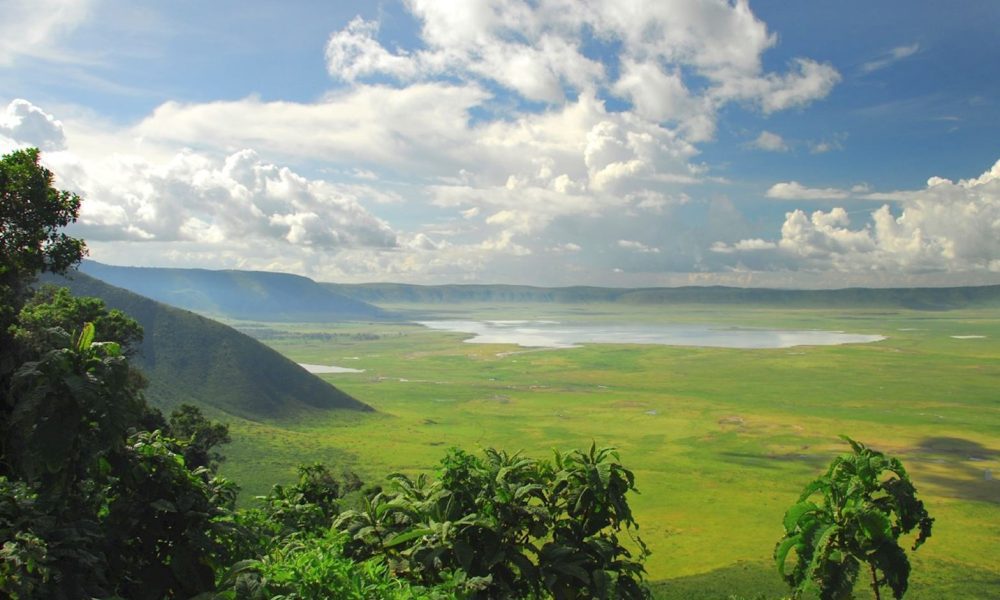
Weather: Ngorongoro is much colder than Zanzibar and Dar es Salaam, so pack warm clothing.
Best Time to Visit: The dry season (July to mid-March) is ideal for wildlife viewing, while the wet season (March to mid-June) may present travel challenges.
Photography: Ngorongoro Crater is one of the best Safari experiences in Tanzania, the view of the crater is spectacular, make sure you have your camera to take your memory.
